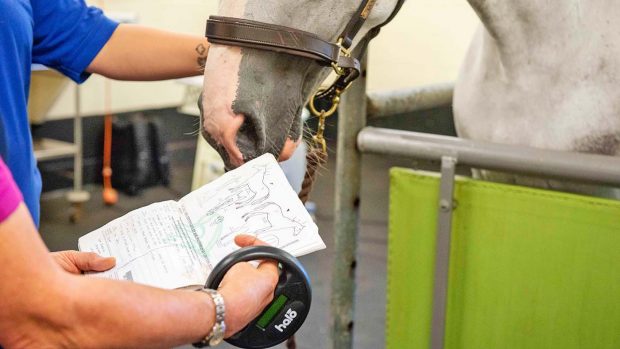The slaughter of two stolen loan horses, one of which was microchipped, has raised questions over whether this identification method is beneficial to welfare
The pros of microchips
• It is a reliable, sophisticated and cost-effective means of authenticating horse passports.
• It is tamper-proof and permanent.
• It reduces the risks to human health by helping prevent certain horses from entering the food chain.
• It aids with disease surveillance by facilitating the tracing of specific animals.
• It could lead to more prosecutions for cases such as horse dumping and neglect, thereby improving welfare.
• It aids breeders in tracing their progeny, which could ultimately lead to better breeding programmes.
• It should reduce the incidence of false documentation and misrepresentation.
• It is easy, quick and safe to carry out.
The cons of microchips
• The cost for multi-horse owners.
• A lack of a visible deterrent to would-be thieves.
• There is a small risk of bruising, abscess formation and possible migration of chip.
• It is open to human error, for instance incorrect implantation technique, incorrect recording of details or negligent scanning technique.
• It is difficult to police. Microchipping is currently the responsibility of Trading Standards and Meat Hygiene Standards, although Defra is proposing to add local animal health officers to the list of bodies. Once microchipped, a horse is “labelled” forever, which could be seen as a disadvantage if a once difficult horse comes good.
For the full article on microchipping, see the current issue of Horse & Hound (19 February, 09)




